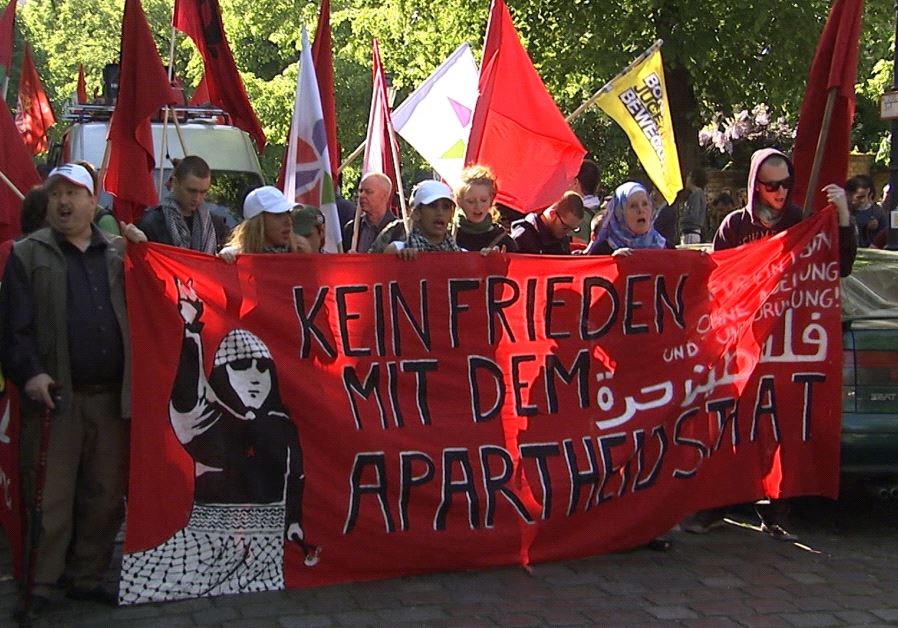The suppressed Arte antisemitism documentary in historic perspective
This time, however, the suppression of information on antisemitism backfired.
 An image from the film that was dropped because it depicted antisemitism in a "pro-Israel" light. (photo credit: screenshot)
An image from the film that was dropped because it depicted antisemitism in a "pro-Israel" light. (photo credit: screenshot)